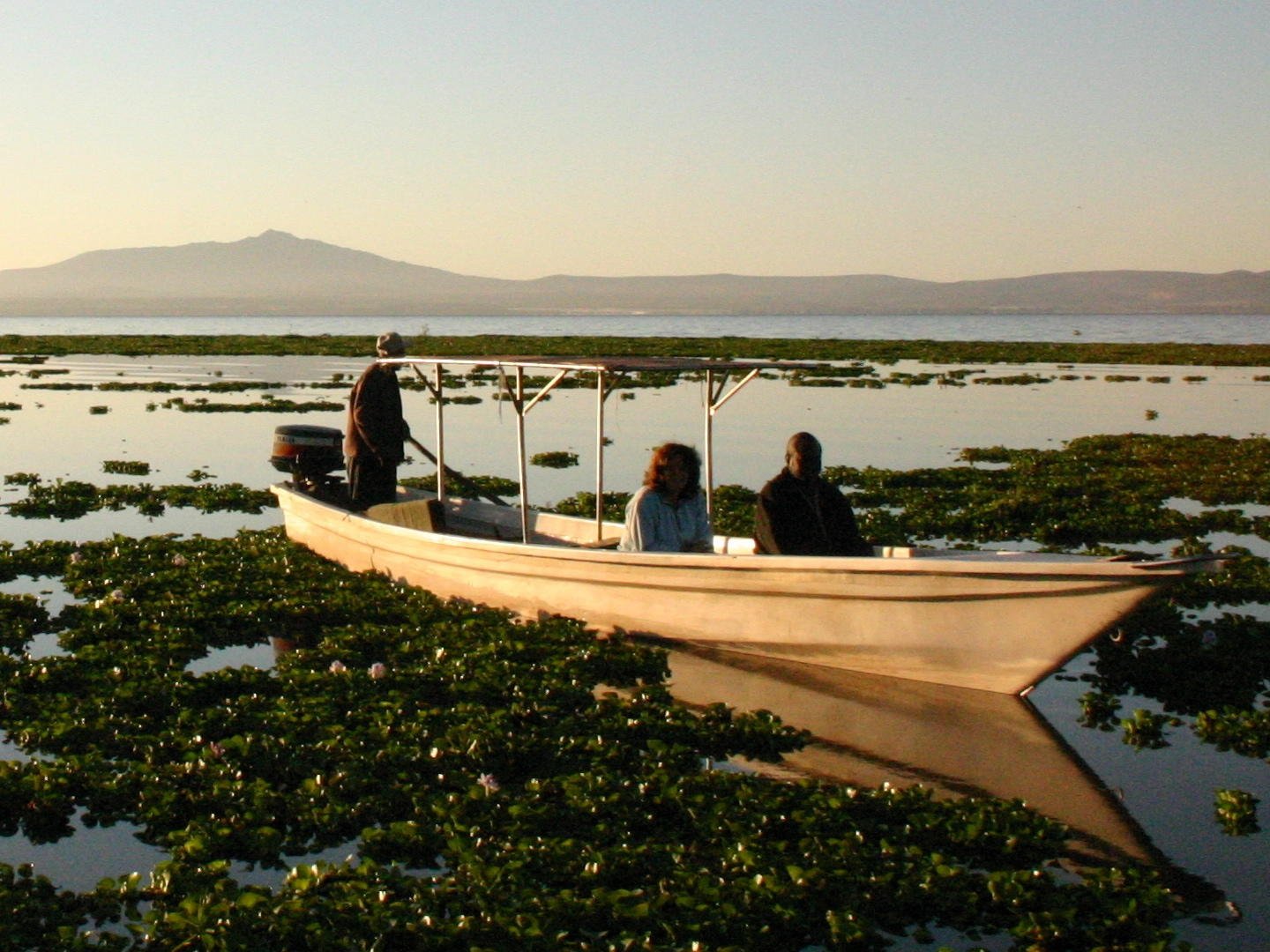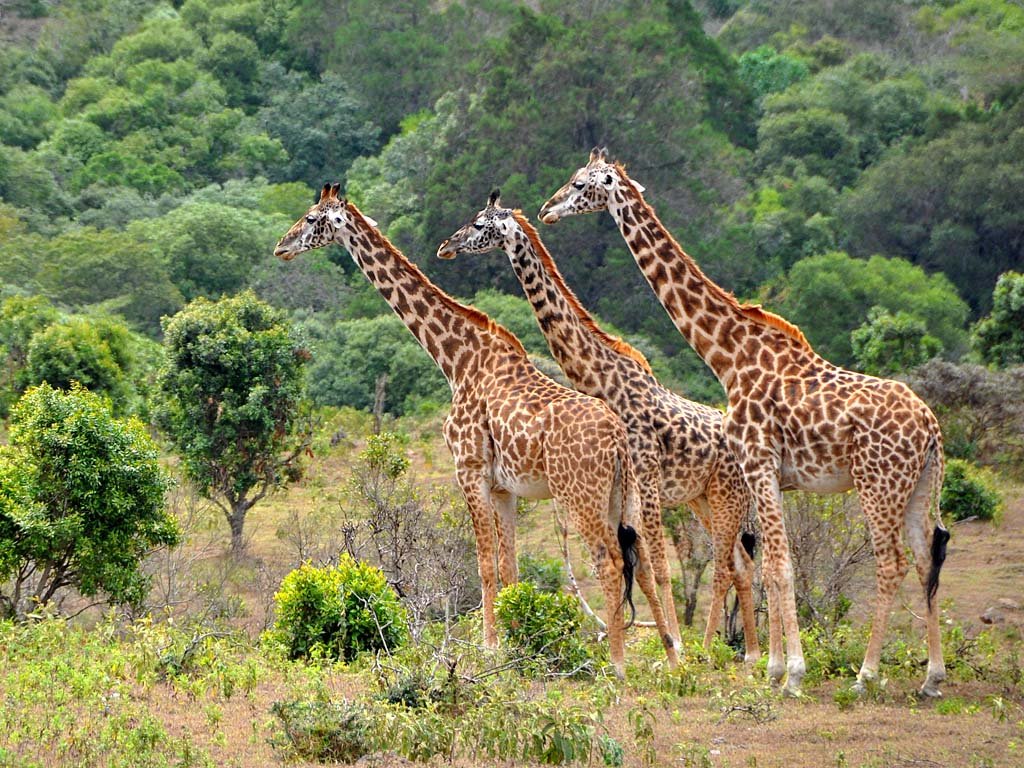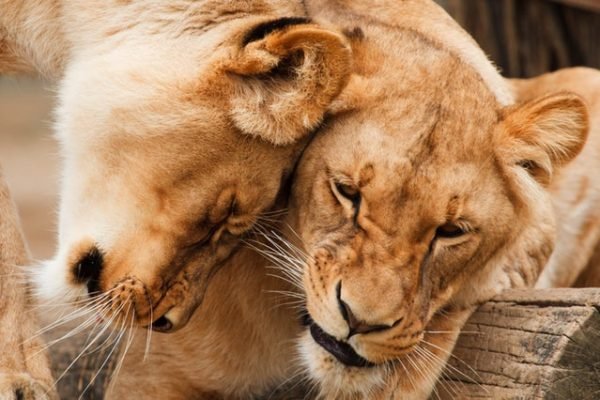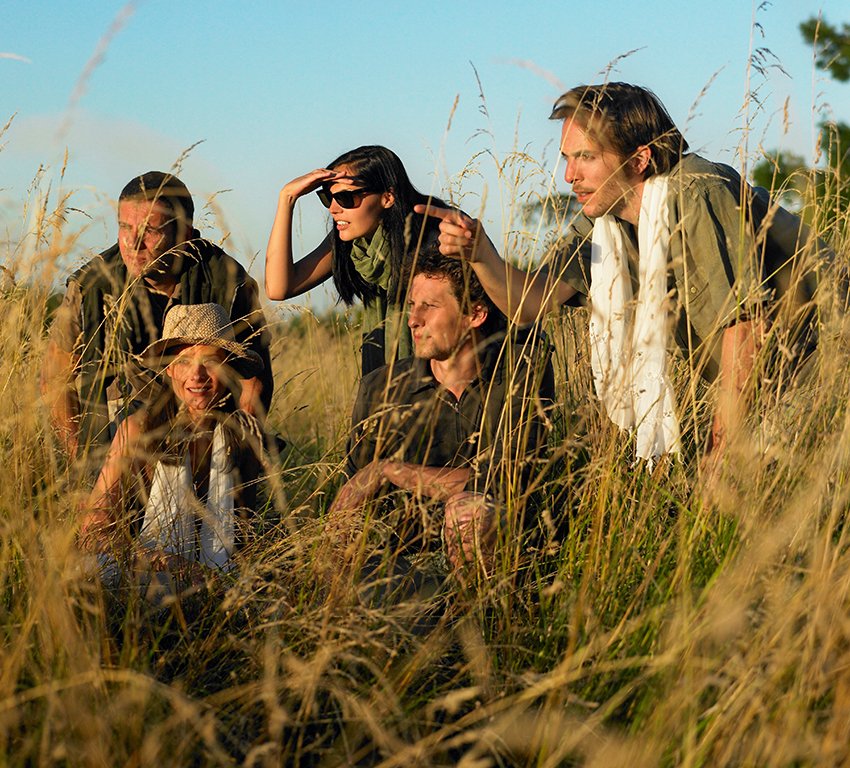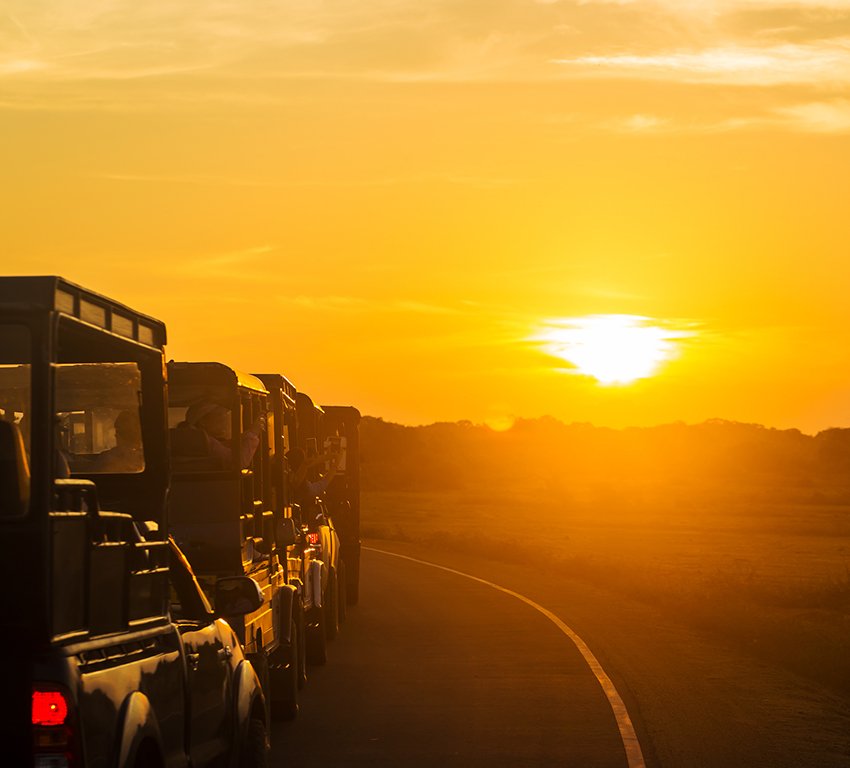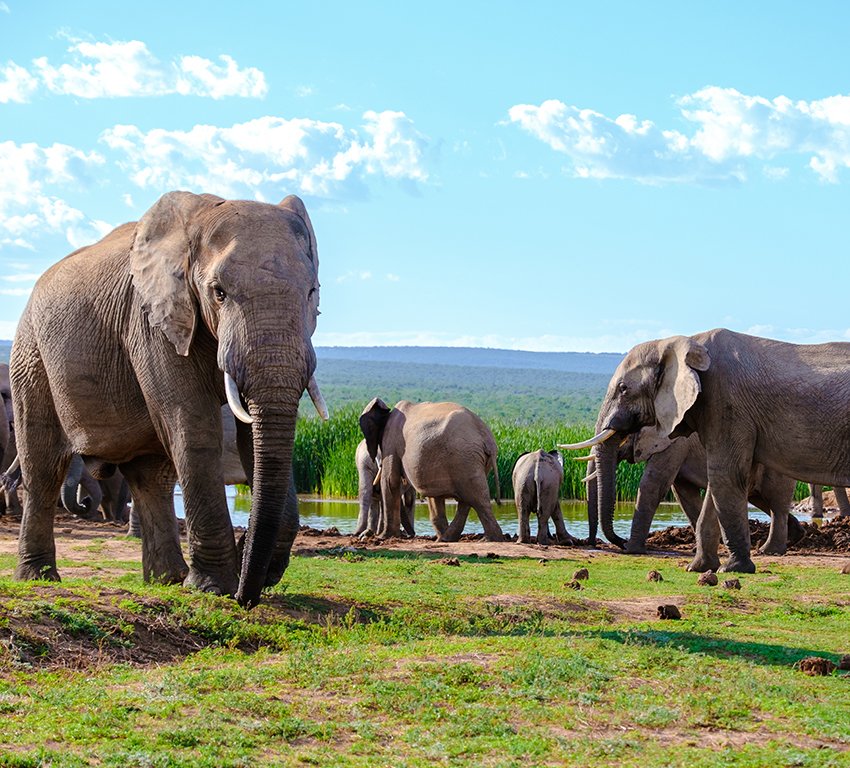Exploring Nairobi’s Top 10 Must-Visit Destinations
Nairobi National Museum and Snake Park
My inaugural visit to the Nairobi National Museum remains etched in my memory, dating back to when I was just seven years old. I can vividly recall the mix of amazement and slight trepidation that washed over me as I stood before the colossal dinosaur sculpture gracing the entrance. So captivated was I by this immense creation that I even stumbled and fell, my focus entirely fixated on this monumental structure.
My innocent eyes grappled with the sheer magnitude of this masterpiece. During those early moments, I held a belief that it might come to life when I wasn’t looking.
Regrettably, my childhood fantasy was dispelled when I learned it was, in fact, a replica. Nevertheless, my fascination endured as we ventured further inside. The highlight of my visit was the enthralling narrative about the Indian laborers who undertook the monumental task of constructing the railway from the coast to Nairobi.
They confronted a formidable adversary: the Tsavo lions, which frequently preyed upon them. As the tour guide recounted this tale, it felt like a scene from a captivating movie. The museum also boasts an extensive collection of Kenyan art and musical instruments, each with its own unique story of how it became part of the museum’s cherished collection. By the conclusion of our visit, I felt profoundly privileged to have experienced Kenya in such a remarkable way.
Upon departing the National Museum, still processing the visual treasures I had encountered, I descended to the Snake Park. For those who may harbor concerns about encountering venomous reptiles, rest assured. The snakes are securely housed within unbreakable glass enclosures, posing no threat. Visitors can leisurely transition from one enclosure to another, perusing descriptions of each snake’s history, species, weight, sex, and age.
By the close of the day, your mind will be enriched with an abundance of knowledge about Kenya’s diverse snake population.

Karen Blixen Museum
Another essential stop on your Nairobi itinerary is the Karen Blixen Museum, conveniently located a short distance from Nairobi’s bustling central business district. Nestled within a serene and verdant environment, this museum exudes the timeless charm of the colonial era, providing visitors with a captivating glimpse into the life of Karen Blixen, the wife of a Danish Baron.
Karen and her husband once resided in what is now the museum’s farmhouse, complete with a coffee plantation on their sprawling estate. When their marriage encountered challenges, Karen took charge of managing the coffee farm, which later gained renown through her acclaimed book, ‘Out of Africa.’
Daily guided tours of the house are available from 9:30 a.m. to 6 p.m., although arriving as early as 5 a.m. is advisable for those seeking early bookings. The surrounding gardens offer a therapeutic ambiance, perfect for leisurely strolls, providing picturesque views of the stunning landscape, and if luck is on your side, a breathtaking sunset over the Ngong’ Hills.
The Karen Blixen Museum offers an immersive journey into Kenyan history, complete with gift shops and dining options for those eager to purchase souvenirs or savor a delicious meal. Furthermore, the museum’s grounds can be rented for weddings, offering a unique and enchanting setting for tying the knot on Kenyan soil.

Bomas of Kenya
The Swahili term “Boma” signifies “homestead” and refers to a traditional Kenyan compound where families shared a communal lifestyle. Bomas of Kenya stands as a cultural heritage center that offers a rich and multifaceted immersion into Kenyan culture.
Every day, from 2:30 p.m. to 4 p.m., visitors have the chance to witness meticulously planned music and dance performances that celebrate the traditions and cultures of Kenya’s numerous tribes. These showcases encompass exhibitions of traditional attire, musical instruments, and artifacts, providing a unique opportunity to embrace the diversity found within Kenya’s 42 distinct cultures. Remarkably, despite this diversity, the country remains united as one.
Music, Art, and Urban Culture
For those eager to delve deeper into the rich tapestry of Kenyan culture, the realms of music and art offer a captivating avenue of exploration. Kenya’s music scene seamlessly weaves together tradition and contemporary innovation. While classic melodies remain timeless, new musical genres continually emerge, creating a dynamic musical landscape.
For art aficionados, a visit to the Kibera slums presents a truly unique experience. Despite being the largest slum in East Africa, Kibera is a thriving hub of artistic talent. Local artists, often without the means to exhibit their work in prominent galleries, have come together to establish an art gallery showcasing remarkable creations.
These artists have harnessed their talents with unwavering determination and resourcefulness, resulting in the creation of a captivating art gallery. Exploring this gallery may unveil the profound potential hidden within the slum’s vibrant community. You might even discover a piece of art that resonates deeply with you and choose to bring it into your own world. Proceeds from the sale of these artworks contribute to the education and support of both current and aspiring local artists.

Nairobi National Park and Nairobi Animal Orphanage Tour
For those who revel in the wonders of nature, Nairobi offers a splendid opportunity for a safari adventure at Nairobi National Park, conveniently located just around 10 kilometers from the heart of the city. Here, you can immerse yourself in game viewing, indulge in bird watching, and even enjoy camping amidst the wild. The park operates daily, including holidays and weekends, ensuring that nature enthusiasts have ample opportunities to explore.
Nairobi National Park is a sanctuary for diverse wildlife species, including majestic lions, swift cheetahs, imposing rhinos, mighty buffaloes, graceful gazelles, elegant antelopes, and enigmatic hyenas. To make the most of your visit, it’s advisable to plan your safaris during the serene mornings or the enchanting late evenings, avoiding the scorching midday sun. Access to the park is convenient by road, and for those without their own vehicle, family-friendly safari trucks are readily available.
Within the boundaries of the national park lies the Nairobi Animal Orphanage, a haven for orphaned baby animals. These young animals may have been rescued from Nairobi National Park or other protected areas, where they receive dedicated care until they are prepared for release back into their natural habitats. What makes this orphanage truly exceptional is that visitors have the extraordinary opportunity to approach and observe these animals up close, right on foot. You can read their stories, extend a friendly greeting, and perhaps even receive a heartwarming response from these remarkable creatures.
 A family of elephants in Tarangire National park, Tanzania.
A family of elephants in Tarangire National park, Tanzania.
David Sheldrick Wildlife Trust
David Sheldrick, a revered icon in Kenyan conservation, established the David Sheldrick Wildlife Trust, an organization dedicated to preserving his legacy even after his passing. The trust is committed to the rescue and nurturing of elephants and rhinos until they reach maturity.
A visit to this remarkable trust presents a truly extraordinary opportunity to personally bottle-feed a baby elephant, witness their feeding routines, and observe their playful antics in mud baths. This interaction allows you to engage with these magnificent and gentle giants, forging a deep connection with Kenya’s wildlife heritage.
The work of the David Sheldrick Wildlife Trust stands as a powerful testament to the unwavering dedication and passion for wildlife conservation in Kenya, ensuring a brighter future for these majestic creatures.
Giraffe Center
The Giraffe Center presents a unique opportunity to engage with and gain insights into the Rothschild giraffes, a critically endangered giraffe species. Here, visitors can pet, feed, and even share a friendly kiss with these amiable creatures. The Giraffe Center serves as a secure haven for these majestic giraffes, providing an exceptional chance to intimately connect with these magnificent animals, offering a truly unforgettable experience.
Mamba Village and Ostrich Farm
The term “Mamba,” Swahili for crocodile, aptly characterizes Mamba Village, an expansive 30-acre sanctuary teeming with wildlife. Within this haven lies a crocodile farm that accommodates nearly 100 Nile crocodiles. Visitors have the opportunity to embark on guided tours to delve into the intriguing world of these captivating reptiles.
Moreover, Mamba Village serves as an enticing resort offering an array of activities, including leisurely boat rides on a picturesque manmade lake, the chance to encounter graceful ostriches on an ostrich farm, exhilarating camel and horse rides, and engaging interactions with well-trained birds.
Following a day filled with exploration and adventure, you can unwind at the restaurant, where you can relish a delightful buffet lunch and savor the flavors of Kenyan cuisine. This serene setting allows you to cherish the company of family and friends, making it an ideal escape from the bustling city. Despite its modest size, Mamba Village provides a diverse range of activities, ensuring a rewarding retreat for all who visit.

Carnivore Restaurant Feasting
The Carnivore Restaurant in Nairobi stands as a carnivore’s utopia, a haven where meat aficionados can revel in an extraordinary feast unlike any other. As you approach the restaurant, the irresistible aroma of slow-cooked, barbecuing meats entices you through its doors.
This is not your typical meat dining experience; it’s an exceptional one. The Carnivore specializes in serving the most exquisite roast meats in the city, offering a menu that transcends the ordinary with selections that include exotic meats such as crocodile, ostrich, and camel.
The meal is presented in generous pans, and you, as the guest, are invited to savor as much meat as your heart desires, pushing your carnivorous boundaries until you’ve had your fill. When you reach that point of contentment, you can graciously surrender by raising the white flag, signifying that you’ve had your fill. The attentive servers then promptly clear away any remaining dishes.
Following this meaty extravaganza, you can eagerly anticipate a delectable dessert and a steaming cup of coffee, allowing you to reflect on the culinary adventure you’ve just embarked upon. While the Carnivore unquestionably caters to the preferences of meat enthusiasts, there are vegetarian options available to accommodate a diverse range of palates. However, it’s worth noting that the restaurant primarily celebrates the art of meat preparation. No Nairobi tour is truly complete without experiencing a memorable lunch or dinner at the Carnivore.

Roaming and Shopping
Concluding your Nairobi adventure with a city walking tour, leisurely strolls, and some retail therapy along the bustling streets is a delightful way to wrap up your holiday. Roaming the streets of Nairobi provides an excellent opportunity to fully immerse yourself in the vibrant essence of the city.
Don’t miss the chance to hop on a matatu, a colorful and distinctive mode of public transportation that’s a hallmark of Nairobi’s urban landscape. Tasting “chips mwitu,” a beloved local street food, is a must-try experience that adds a delicious flavor to your explorations.
For a panoramic view of Nairobi, make sure to ascend the KICC tower, offering a breathtaking 360-degree perspective of the city’s skyline and its surroundings.
A visit to the Maasai Market is highly recommended, as it offers a wide array of items that make perfect souvenirs. While perusing the stalls, keep in mind that bargaining is customary, so feel free to negotiate for a price that aligns with your comfort level. It’s also a good idea to have small denominations of local currency on hand for added convenience.
Here’s a valuable shopping tip: don’t rush into purchasing items at the first shop you come across, as you might discover the same items at better prices in subsequent stalls. Most importantly, approach this experience with an open mind and a spirit of fun and discovery. Nairobi’s streets are teeming with culture, creativity, and countless opportunities for an unforgettable adventure.




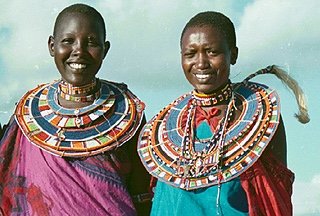
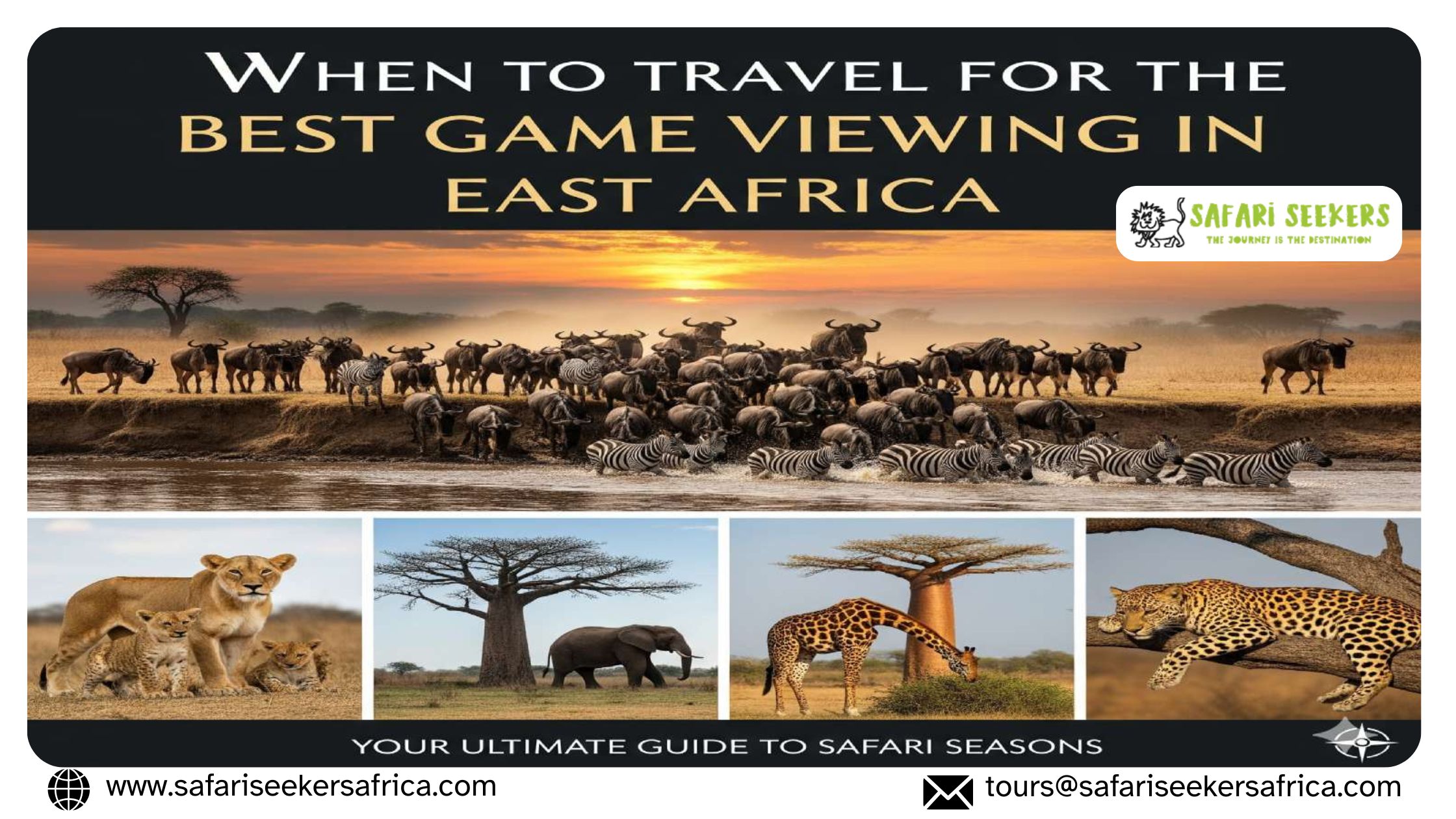
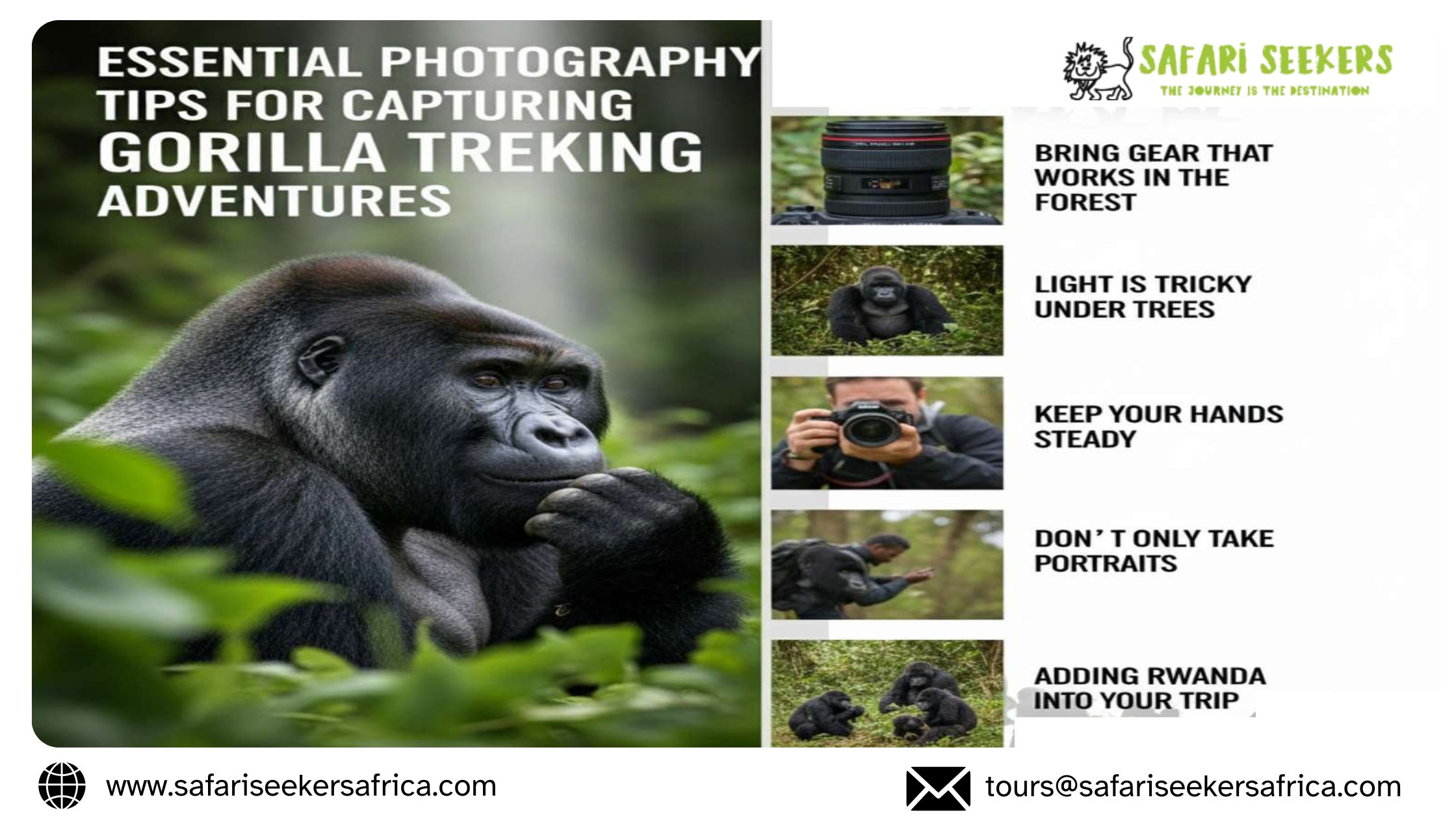















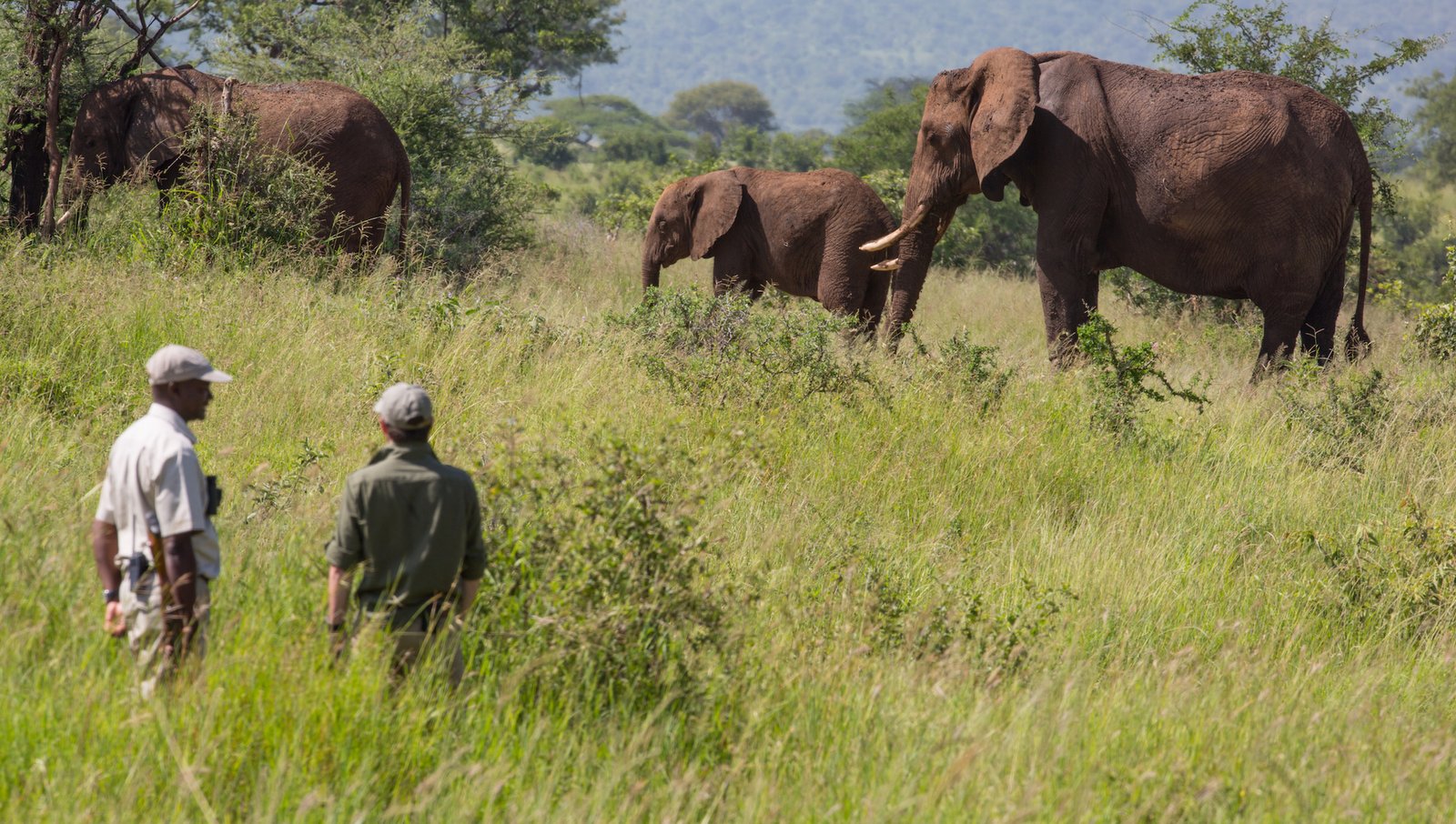



 A family of elephants in Tarangire National park, Tanzania.
A family of elephants in Tarangire National park, Tanzania.

